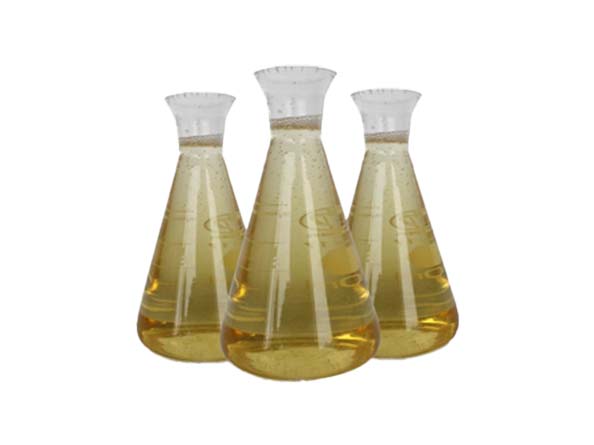Ultra-high purity standard
Purity ≥99.5% (HPLC test), mercaptan content (-SH) ≥99.0%, moisture content ≤0.1%, heavy metal content ≤1ppm (in accordance with USP/EP standard)
Excellent chemical properties
Molecular formula: C3H6O2S, Molecular weight: 106.14, Boiling point: 110-112°C (10mmHg), Flash point: >110°C, Density: 1.218 g/cm³ (25°C)
Special Quality Assurance
Colorless to slightly yellow transparent liquid, characteristic mercaptan odor (can be reduced by special process), peroxide content ≤10ppm, residual solvent content ≤0.05%
Stability performance
Long-term stability under nitrogen protection, recommended storage temperature 2-8°C, sealed and protected from light storage period ≥ 24 months
Application Performance Advantages
Excellent coordination ability (forming stable complexes with metal ions), efficient free radical trapping ability, good water solubility and organic solvent compatibility,
controllable reactivity (pH-dependent)
Special Processing
Molecular distillation purification technology, low-temperature inert gas protection production process, three-stage filtration and purification system (0.2μm terminal filtration)
Quality Approvals
Compliance with USP/EP/JP Pharmacopoeia standards, ISO 9001:2015 quality management certification, REACH registration completed, complete COA/MSDS documentation
provided.
Pharmaceutical synthesis intermediates
Synthesis of sulfur-containing drugs: captopril, N-acetylcysteine (NAC) derivatives, anticancer drugs
Antibiotic modifications: cephalosporin antibiotics, beta-lactamase inhibitors

Protein and Antibody Engineering
protein modification (thiol-disulfide bond exchange): antibody-drug coupling (ADC), polyethylene glycolization (PEGylation)
Fluorescent labeling and diagnostics: binding of proteins via sulfhydryl groups for immunoassays (e.g. ELISA) or cellular imaging.

Antioxidant and cell protection
Glutathione (GSH) analog synthesis, heavy metal detoxifier

Other Pharmaceutical Applications
Medical adhesives, dental materials




